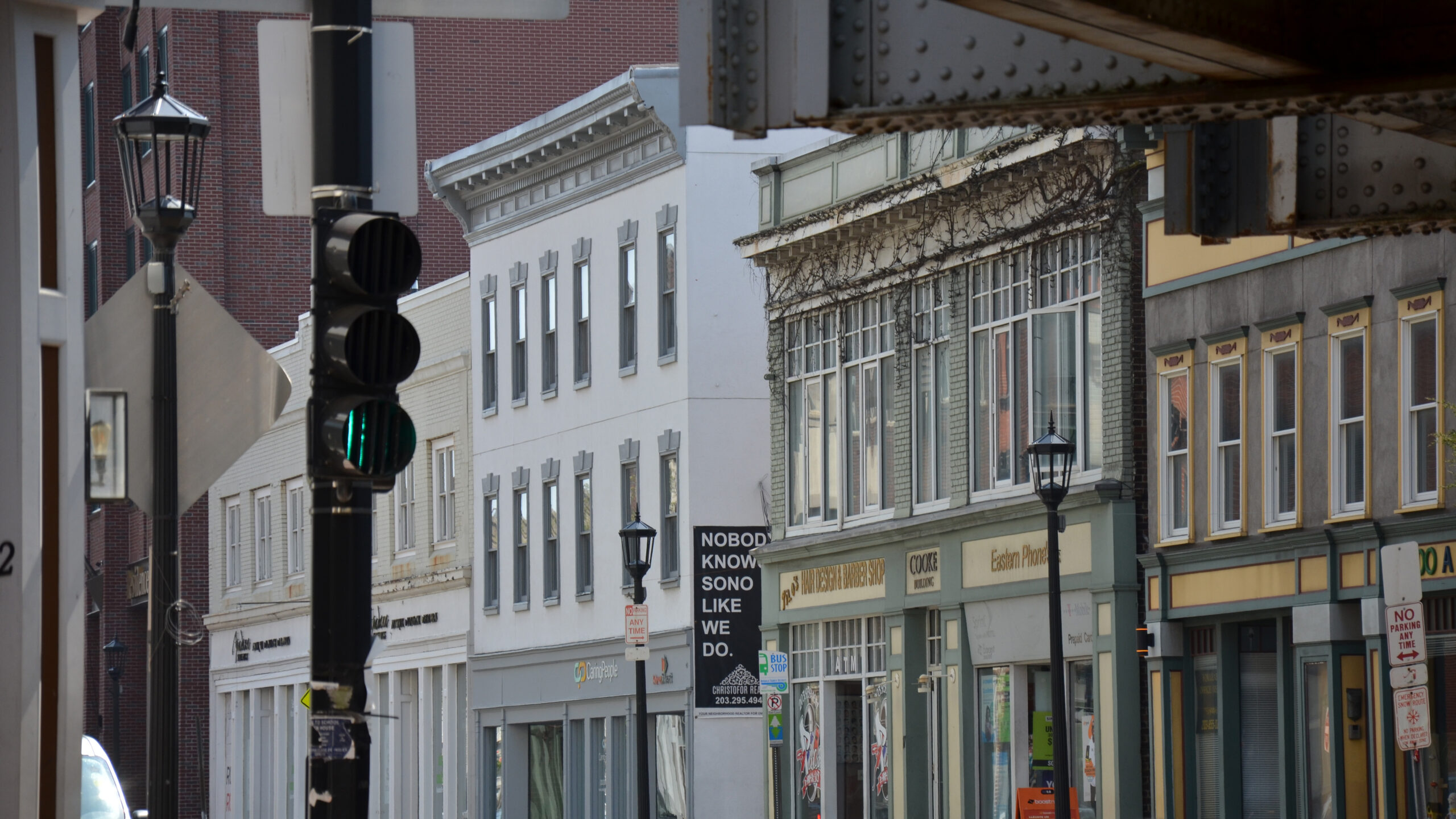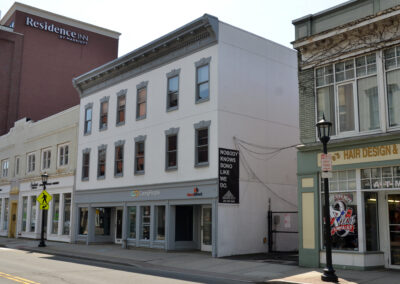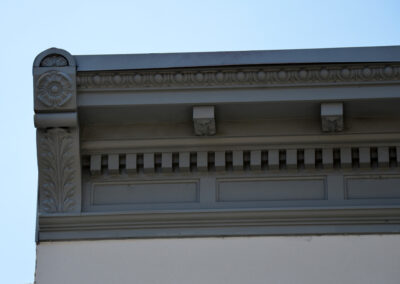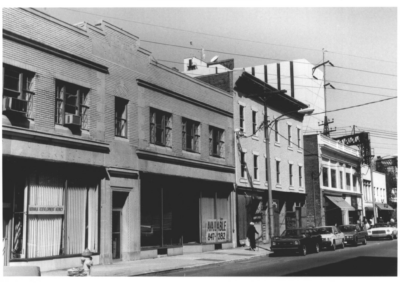LOST
25, 31-35 South Main Street
In 2023, the historic Udelman building at 31–35 South Main Street was approved for demolition to make way for an addition to the existing Residence Inn by Marriott. That project was not built, but in January of 2024, the Planning & Zoning Commission granted a one-year extension of the demolition permit. [Nancy on Norwalk]
The developer, Tom Rich, now plans to also demolish the historic McMahon (yes, that McMahon) building next door at 25 South Main Street, to make way for a second, even larger hotel, beside the existing one. The special permit that will lead to the demolitions was approved by Planning & Zoning on May 15. Earlier, at the public hearing, NPT supported preservation, but in the end, “while some of the Planning and Zoning Commission members found the case to preserve compelling, it is not in their authority to determine the historical significance, and so they passed a resolution acknowledging that a petition was made.” [The Hour]
In response, we asked you to write letters to the State Historic Preservation Office (SHPO) in opposition. Enough letters were received to allow the Historic Preservation Council to consider taking action. They met on August 7 and voted to ask the Attorney General to bring suit against the developer under the provisions of the Connecticut Environmental Protection Act, which protects buildings listed in the National Register of Historic Places from “unreasonable destruction” unless there is no “prudent and feasible alternative.” Ultimately, it is up to the Attorney General to decide whether or not to take the case, but thanks to your efforts, SHPO advocated to save these two buildings. Unfortunately, in early December 2024, the Attorney General decided not to take the case. Now it’s just a matter of time until these buildings are lost.
Both buildings contribute to the South Main and Washington Streets Historic District. The hotel will impact the adjoining Haviland and Elizabeth Streets–Hanford Place Historic District as well. Their loss irreparably damages the streetscape and leaves only one original facade remaining on the west side of the street. The history that will be lost is about the diversity of the owners and tenants of these buildings, with Irish, Italian, Jewish, and women entrepreneurs joining the ranks of South Norwalk’s proprietors.
The McMahon Building was built in 1900 by first generation Irish-American William H. (Bill) McMahon, five years after the completion of the iconic South Norwalk Railroad Bridge. He was a well-known, civic-minded local contractor and former city councilman who earlier that year had sold an undeveloped lot on Washington Street to the city for the construction of the new library and had weighed in with practical suggestions on the roof detailing of the new city hall. He was also the father of United States Senator Brien McMahon, one of Norwalk’s most famous native sons.
Bill McMahon’s family history over its first three generations in America illustrates the struggles and success of Irish immigrants. This building is recognizable today as an early twentieth century mid-block commercial building, with clear demarcation between residential floors above and ground-level storefronts below. Its City Beautiful style is conveyed in the neoclassical Italian Renaissance revival pressed-metal cornice and lintels of its upper street-facing windows.
The Udelman Building was built in 1927 by Louis Udelman. He was proprietor of the Paris Dress Shop, a Russian Jewish dressmaker who emigrated as a child to New York in 1894. By the 1920s, he was a leading figure in Norwalk’s growing Jewish community and a significant player in local economic development, applying his knowledge and connections within the textile industry to help bring the LeRoy Shirt Factory to South Norwalk.
In 1927, the United States Postal Service requested proposals from private developers to build a new facility in South Norwalk. That fall, they awarded Louis Udelman with a federal contract to build a 4,800 square foot facility in a central location for lease. The new building included a new ground floor shop for his business and offices above. He and his architect met with federal officials in Boston to review the drawings for compliance with the standardized details and specialized features required by the post office. The building constructed that winter is still in place, a privately-developed federal building with extensive steel framing built to a higher standard of design and construction than was typical, then or now. The post office occupied the Udelman Building until 1938, when it moved to its current location on Washington Street.
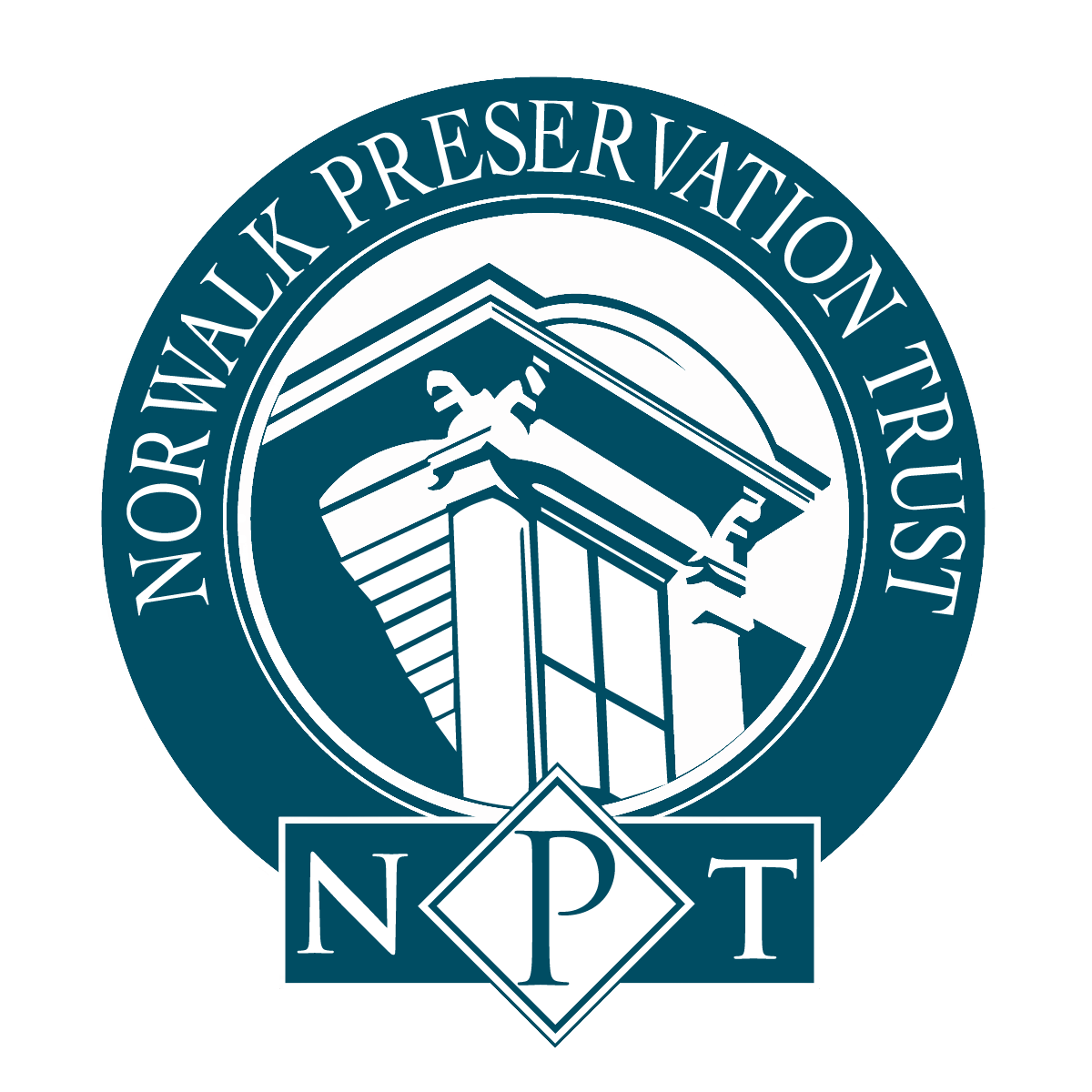
Norwalk Preservation Trust
MAILING ADDRESS
P.O. Box 874
Norwalk, CT 06852
PHONE
(203) 852-9788

